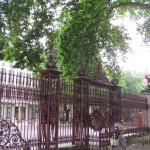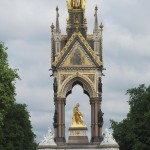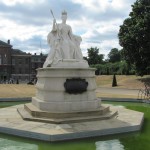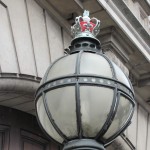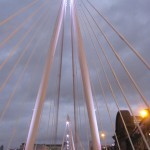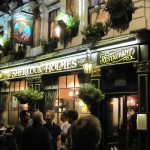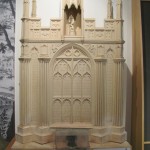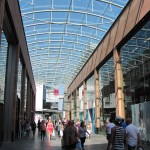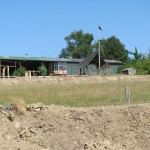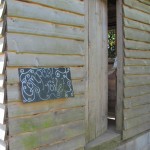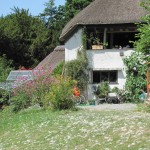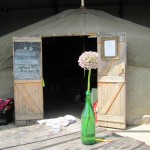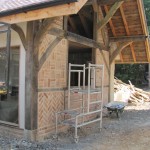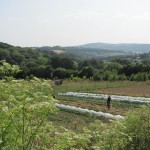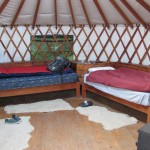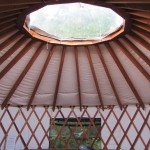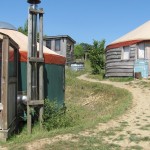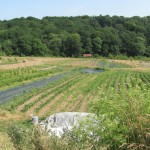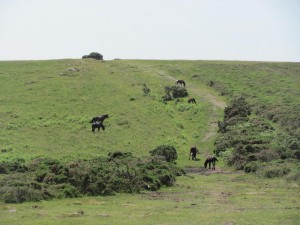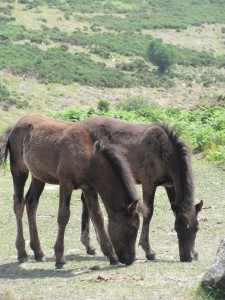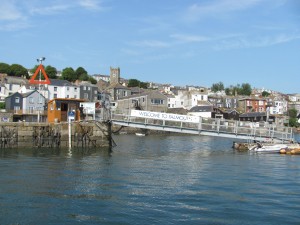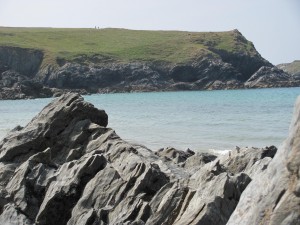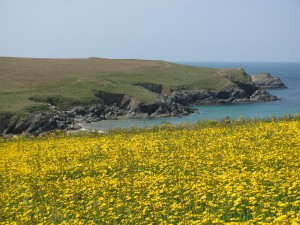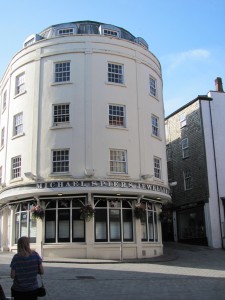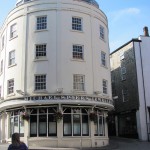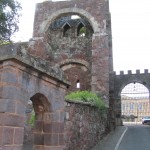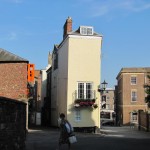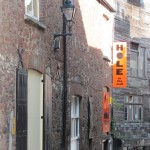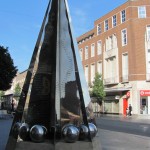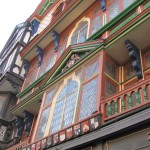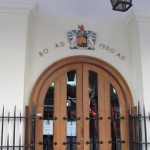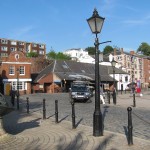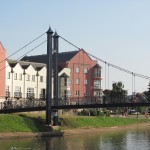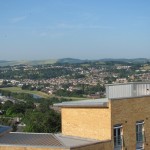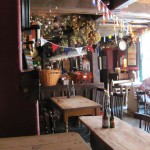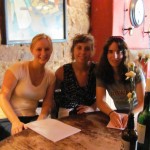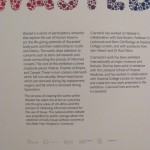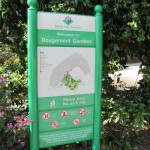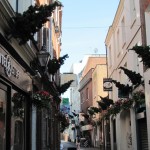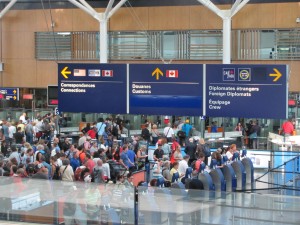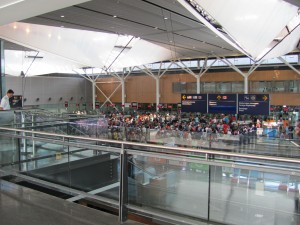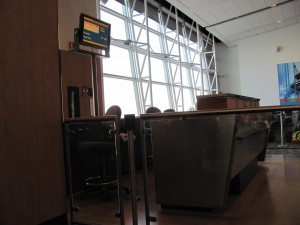The London Whirlwind
On Saturday morning, we began our journey to London by train with Lucy from the International Office and two student ambassadors, Sandra and Daniella. After a two hour train ride from Exeter St. David’s station to London, we disembarked to a surprisingly chilly afternoon. The immediate contrast between London and Exeter was startling, both because of the temperature change and the sheer amount of people rushing about. We soon acclimated to both, though, after a ride on “The Tube,” or the London Underground took us within two blocks of our hotel. (The London Underground also just happens to be celebrating its 150th anniversary this year!). After checking into our rooms, we were given the afternoon to explore until our fellow international school students arrived for dinner that evening.
To make the most of our few free hours, we took the Tube to South Kensington and explored the amazingly huge Museum of Natural History which featured dinosaur displays, precious gems, a giant sequoia, and stunning architecture. Did I mention almost all British museums are free? Amazing! After leaving the museum, we found one of the iconic red telephone booths and had to take the quintessential London tourist photo before continuing on to Hyde Park. Hyde Park contains the famous Kensington Palace, the childhood home of many British monarchs including Queen Victoria, as well as beautiful gardens dedicated to Princess Diana and a stunning memorial for Prince Albert. (The newly arrived Prince George spent his first night home from the hospital at Kensington as well.) An antique British car show was also taking place in the park that day, and seeing all those classics lined up was an extra treat before rushing back to the Tube to make it in time for dinner.
Upon arriving back, we were introduced to some of the 150+ students we would be joining as a part of the International Summer School at Exeter. An astounding 27 countries and over 60 different schools were represented in our groups. We enjoyed a wonderful catered dinner at the Strand Palace hotel, the only venue close by which could fit everyone. After dinner, Lyndon took us on a tour of the surrounding area of Covent Garden. The highlight of the night was seeing the London Eye lit up over the River Thames before going back to the hotel to get some sleep before a busy city tour the next day.
- Red Telephone Booth
- Entrance to Hyde Park
- Prince Albert Memorial, Hyde Park
- Queen Victoria Statue, Kensington Palace
- Kensington Palace
- Car Show, Hyde Park
- Lamposts: They all seem to have cute little crowns on top!
- Walking across the Thames
- Sherlock Holmes Pub: Inside is a recreation of Holmes’ office
Permalink Comments off

